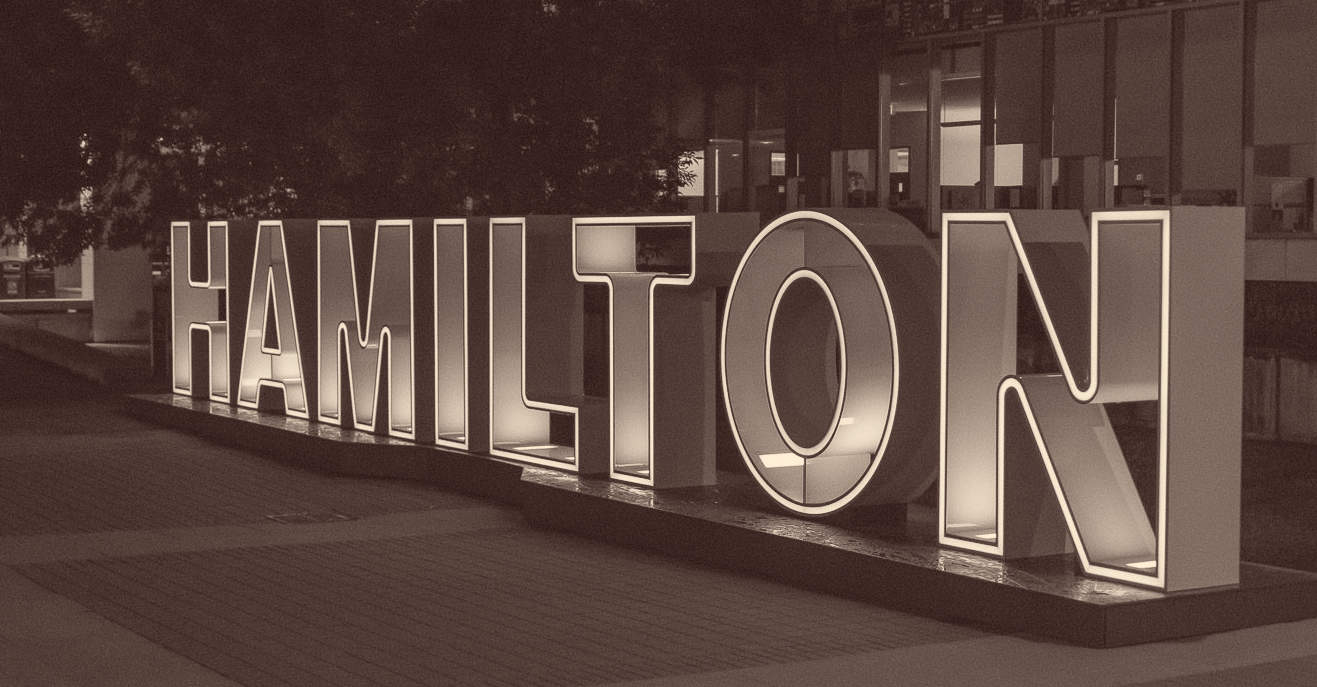Hey Hamilton, can we stop recycling politicians?
Published June 15, 2021 at 4:38 pm

I get it. We’re human and it’s in our nature to want to stick with familiarity. It’s safe and part of our evolutionary biology to fear the unknown.
So it isn’t surprising that Hamilton (like many other municipalities) has a history of electing and re-electing public servants they recognize. Particularly when you consider that municipal elections are generally dominated by more mature voters and the older we humans get, the less likely we are to accept change.
It’s why I refuse to watch any variant of The Real Housewives outside of Beverly Hills. Stop trying to change me, New Jersey and Atlanta. I’m far too set in my ways.
Not to downplay the cultural significance of Lisa Vanderpump and Denise Richards, but at least my stubbornness is isolated to sad television viewing habits and not impacting the socio-economic future of an entire city.
A few weeks ago, many residents were reminded that Bob Bratina is still around when the former Hamilton mayor and city councillor-turned member of parliament announced that he will not be running for MP in the next federal election out of spite, due to his own Liberal government’s support for light-rail transit (LRT) in Hamilton.
Bratina then left a future mayoral run (again) on the table before the Hamilton-East Stoney Creek MP asked for a parliamentary review of the federal government’s commitment to fund the Hamilton LRT project — suggesting it may not be in compliance with the government program it’s coming from.
Why go to such lengths to sabotage what amounts to a $3.4 billion infrastructure investment and the creation of approximately 7,000 jobs for the city you’re supposed to be serving?
Bratina says he’s concerned about the municipal costs, despite the project being 100 per cent federally and provincially funded and the city only on the hook for operating costs that are projected to be offset by revenue and economic spinoffs.
The Hamilton LRT project has been analyzed and studied to death for more than a decade. The 14-kilometre line connecting Eastgate Square through to McMaster University has received unwavering support from the city’s sports teams, developers, planners, business leaders, health-care sectors, education and research institutions, and unions.
So I ask, again: why sabotage it?
Bratina isn’t alone in his disdain for the project.
City councillors who serve communities that are most likely to include residents of the “I won’t use LRT so it shouldn’t exist” variety have also spoken out against it. Presumably, because to those councillors, ward re-election is more important than the prosperity of an entire city.
Is Bratina’s anti-LRT stance a way to garner rural support ahead of a mayoral comeback? Maybe. But it speaks to an even bigger issue in Hamilton.
The current mayor, Fred Eisenberger, has been a vocal proponent of LRT in Hamilton. In fact, he largely got re-elected on a pro-LRT platform. But still, Eisenberger is on his second go-around as mayor and has been at the centre of his own controversies due to his inability to communicate effectively and empathically with the city’s evolving social landscape.
Hamilton has been calling itself “ambitious” for far too long and the term no longer represents a rallying cry, but rather an embarrassing representation of its stunted growth at the hands of its decision-makers.
Ambition is a nice start, but at some point, you have to get there.
There is an appetite for change, however, and it’s growing.
In May, a grassroots movement called IELECT Hamilton was introduced. It hopes to mobilize municipal voters in order to elect new leaders in 2022.
“Hamiltonians from all wards have joined together to launch a community group to change who sits around the City Council table,” read the group’s media release.
IELECT Hamilton says its formation was sparked by a series of scandals and issues, including alleged cover-ups at City Hall, the lack of affordable housing, and the city’s handling of social issues.
“Too often, great things in Hamilton happen in spite of our Mayor and Council, not because of them,” reads the group’s website. “It’s time for change.”
“It’s time for new and inspired leadership. For new leaders who are innovative, progressive, and informed. New leaders with a bold vision of Hamilton’s future.”
Change is scary.
But even more scary, is the prospect of turning down a $3.4 billion infrastructure investment and the creation of approximately 7,000 jobs.
That’s the reality the city faces on Wednesday (June 15) when Hamilton Council votes, again, on whether to proceed with LRT.
Regardless of the outcome, the city desperately needs creative visionaries and forward-thinkers to help shape its future. You won’t find that by continuing to elect the status quo.
insauga's Editorial Standards and Policies advertising








